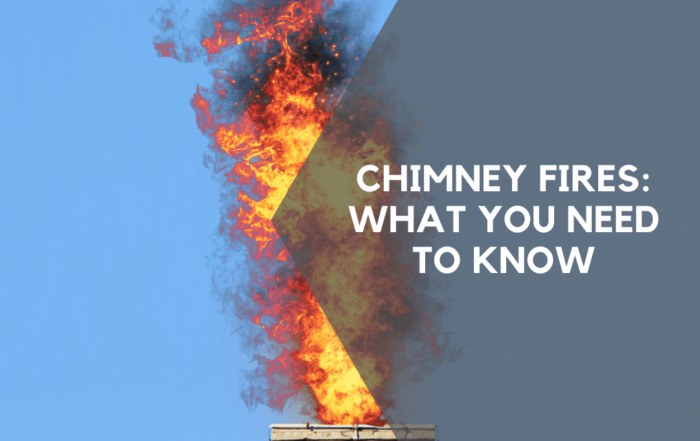Frequently Asked Questions
Smokeless fuel: At least once a year
Wood: Quarterly when in use
Bituminous coal: Quarterly when in use.
Oil: Once a year
Gas: Once a year
We have a number of best practice techniques for preventing dust escapes. We provide clean dust sheets to cover the fireplace area and seal the opening, an industrial hepa-filter vacuum is always used to contain soot/dust. A rare exception may be when the chimney is blocked, you will always be consulted before we attempt to remove the blockage.
Burning wet wood reduces the temperature of the fire, reducing the efficiency and heat output. Much more unburned fuel vapour goes up the chimney. The excess water also goes up the chimney. This lower burning temperature and increased fuel vapour and water mix easily causes “tar” or “creosote” to be deposited. It can build up to a thick “glaze” which can’t be easily removed and is a serious fire risk. If your sweep is genuinely worried about tar build up in your chimney, you need to take advice.
Please note that in areas of high average humidity e.g. Cornwall and Devon, it can be very difficult to achieve the desired 20%.
View our Blog
Where Should I Position My Carbon Monoxide Alarm?
By Paul|2025-07-28T18:00:12+01:0028 July 2025|
Where Should I Position My Carbon Monoxide Alarm?: The Most Important Spot You’ve Probably Overlooked When it comes to safety around the fireplace, most people think about fireguards, swept chimneys, or ventilation – but [...]
Why Do I Need My Chimney Swept?
By Paul|2025-09-12T06:14:02+01:0017 January 2024|
Why Do I Need My Chimney Swept? During the colder months, the allure of a crackling fireplace becomes irresistible. However, the warmth and ambience that a fireplace brings also come with responsibility – the maintenance [...]
Chimney Fires: What You Need to Know
By Paul|2025-01-23T12:58:11+00:0013 January 2024|
As the weather gets colder and the cosy crackling of a fireplace becomes more inviting, it's important to be aware of the hidden dangers that can lurk in our chimneys. Chimney fires are more common [...]
We’re approved
By using us you can have the peace of mind you will receive an excellent standard of service











